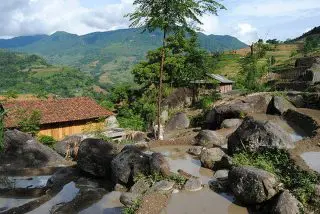
Xin Man, Ha Giang: What Makes This Region Special?
Xin Man district has a complex terrain, located in the upper Chay River mountain range, so it is mainly hills with steep slopes and divided by many streams.
Nestled in the serene landscape of Ha Giang province, Lung Cu Flag Tower, known in Vietnamese as “Cột Cờ Lũng Cú,” stands majestically at the northernmost point of Vietnam. This remarkable landmark, towering at an altitude of over 1,400 meters on Lung Cu Peak (Dragon Mountain), is not only a dazzling sight for visitors but also a resonant symbol of the nation’s cultural heritage and sovereignty. With geographical coordinates approximately 23°21′49″N latitude and 105°18′58″E longitude, this structure serves as a significant reminder of Vietnam’s enduring spirit and historical legacy.
The Lung Cu Flag Tower soars to a height of 33.15 meters and is prominently adorned with a vast Vietnamese flag spanning 54 square meters. This flag is emblematic of the 54 ethnic groups that make up the rich tapestry of Vietnamese culture. Visitors are often struck by the architectural beauty of the tower, which reflects traditional Vietnamese design elements while incorporating intricate patterns reminiscent of the ancient Dong Son bronze drums. The design of the tower not only showcases the artistic heritage of Vietnam but also emphasizes the nation’s unity and resilience.
The symbolism of the Lung Cu Flag Tower goes beyond its physical structure. It represents the historical and cultural identity of Vietnam, instilling a sense of pride among its citizens. The tower serves as a beacon of patriotism, reminding both locals and visitors of the country’s struggles for independence and territorial integrity. Consequently, it stands not just as an aesthetic landmark but as a powerful symbol of Vietnam’s enduring sovereignty over its northern territories.
The origins of the Lung Cu Flag Tower trace back to pivotal moments in Vietnam’s history. Established under the reign of Emperor Ly Thuong Kiet, the tower was constructed to mark the northern frontier during a time when Vietnam faced significant external threats. Over the years, it has been a site of considerable historical contention, particularly during the French colonial period when border demarcations were a subject of dispute.
In 2010, the present structure was inaugurated, symbolizing Vietnam’s commitment to preserving its history and cultural heritage. Recognized as a national relic, the tower now attracts numerous visitors who seek to delve into its history while enjoying the breathtaking views of the surrounding landscapes. The journey to Lung Cu Flag Tower is enriched by the historical narrative it carries, echoing the tales of resilience and unity that have shaped Vietnam’s identity.
To visit the Lung Cu Flag Tower, travelers typically embark on an adventurous journey starting from Hanoi, located about 154 kilometers away. There are various transportation options available for visitors, including sleeper buses, motorbike rentals, and organized tours from local agencies. The scenic drive from Ha Giang city to the tower takes one through winding mountainous terrain, providing an opportunity to savor the vast and picturesque beauty of northern Vietnam.

The best times to visit are during the spring months (March to May) and autumn months (September to November), when the climate is mild, making it conducive for exploration. During these seasons, the landscapes bloom with colorful flowers or are adorned with golden rice terraces, creating an enchanting backdrop for photography and sightseeing.
Climbing the 839 stone steps leading to the flag tower is a must for all visitors. This ascent not only offers stunning panoramic views of the majestic mountains, lush valleys, and quaint villages below but also serves as a spiritual and cultural connection to the region. Each step taken is a step deeper into the heart of Vietnam’s diverse culture and natural beauty, making the trek a rewarding experience.
When visiting the Lung Cu Flag Tower, travelers have the opportunity to explore a variety of nearby attractions that further enrich their experience in Ha Giang province:
Each of these attractions offers visitors a chance to connect with the local culture and history, making a trip to Lung Cu Flag Tower an enriching experience.
The area surrounding Lung Cu Flag Tower is rich in ethnic diversity and steeped in local traditions. Visitors can engage in local festivals, savor traditional cuisine, and discover artisan crafts in ethnic minority villages. Culinary offerings, such as bánh đá (rice cake) and men men (steamed maize), present an authentic taste of the highland culture, making dining an essential part of the travel experience.
Sampling local dishes provides insight into the dietary practices and culinary creativity of the region. These traditional foods not only satisfy hunger but also tell stories of the land and its people, enhancing the cultural experience of those who venture to this remarkable part of Vietnam.
In summary, Lung Cu Flag Tower is much more than just a geographical point; it embodies the spirit, history, and unity of Vietnam. As a national symbol, it stands proud against the breathtaking backdrop of the northern landscapes, attracting travelers from all walks of life. Its architectural beauty, rich historical significance, and the cultural experiences it offers create an unforgettable destination for adventurers, historians, and those seeking to understand the depth of Vietnam’s heritage. For anyone looking to explore the stunning regions of northern Vietnam, the Lung Cu Flag Tower serves as a must-see landmark, inviting both reflection and celebration of the nation’s identity.

Xin Man district has a complex terrain, located in the upper Chay River mountain range, so it is mainly hills with steep slopes and divided by many streams.
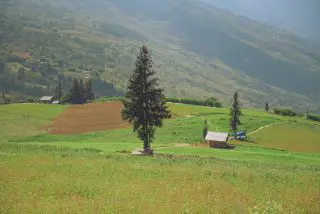
Venture into the untamed beauty of northern Vietnam with Vietnam Treasure and discover the magic of Suoi Thau Steppe. This captivating landscape offers a unique blend of cultural immersion and breathtaking natural scenery far from the bustling tourist trails.
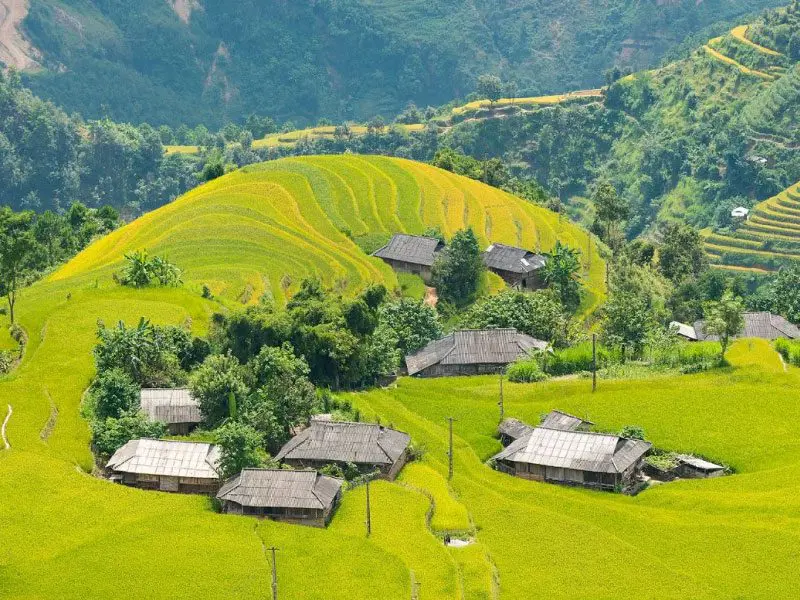
Nestled high in the mountainous region of Ha Giang, Phung Village (Ban Phung) is a hidden gem offering a glimpse into the authentic beauty and culture of Northern Vietnam.
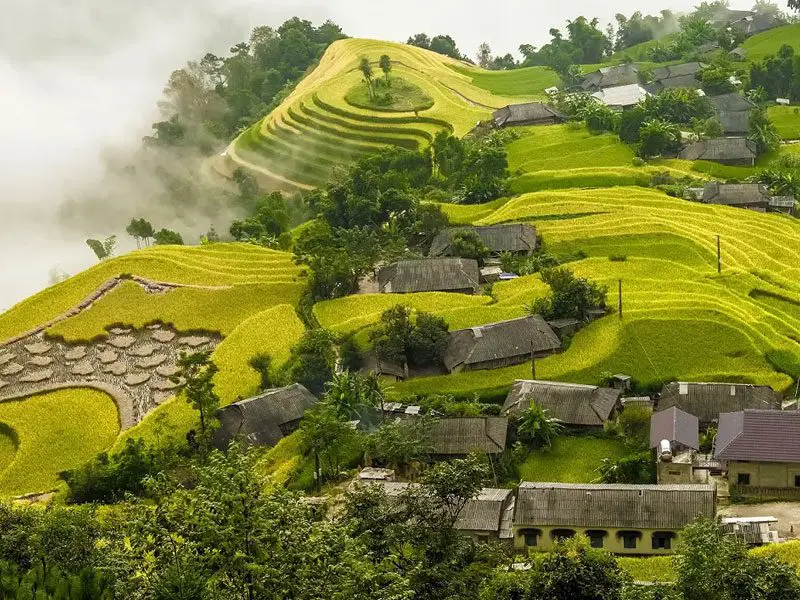
Stop at Thong Nguyen Village, and you will discover amazing beauty. This is a rugged and difficult mountainous area. Many people may think that nothing is interesting here. Join Vietnam Treasure to discover the beauty of Thong Nguyen Village.
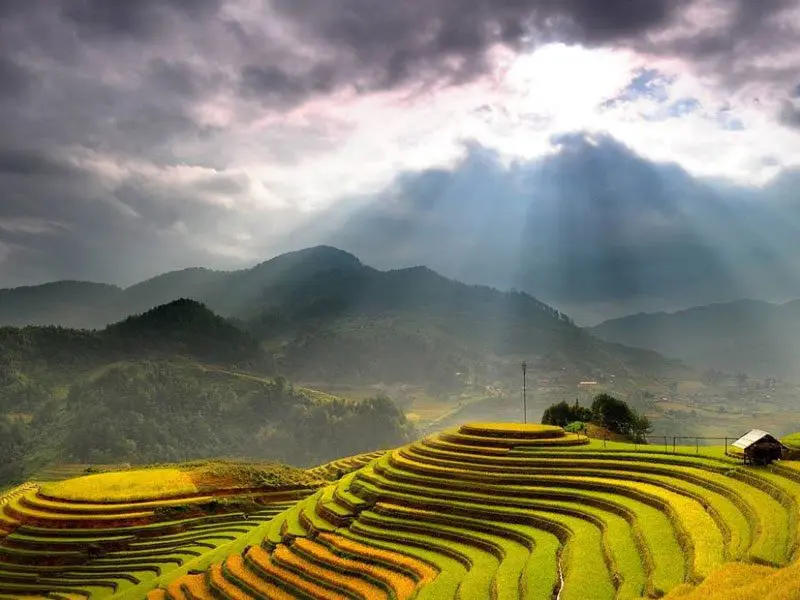
Its name, Hoàng Su Phì or Hoàng Thụ Bì, means “the yellow bark” in the Hmong language. It indicates the woods of weeping cypress, which is a local specialty.
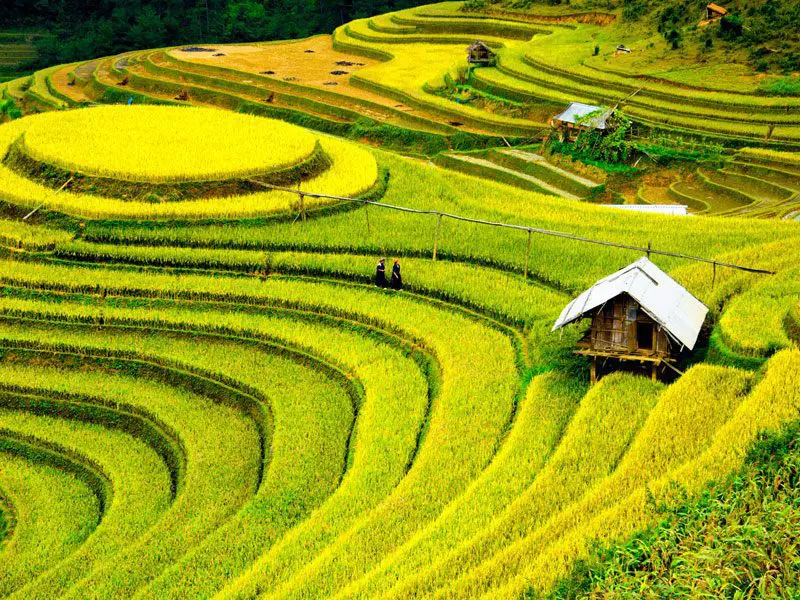
Hoang Su Phi terraced fields possess an undeniable charm, creating a mesmerizing scene—journey to Ha Giang with Vietnam Treasure to witness the brilliant golden rice harvest season. Although present in many countries, especially in Southeast Asia, terraced fields in Vietnam are deeply associated with the traditional agricultural activities of many ethnic groups in the northern mountainous region, such as the H’Mong, Dao, Nung, La Chi and Ha Nhi.
Tu San Canyon (Mèo Vạc district), the deepest canyon in Vietnam. It has a depth of about 800 m, a length of 1.7 km, and cliffs that slope 70° to 90°.
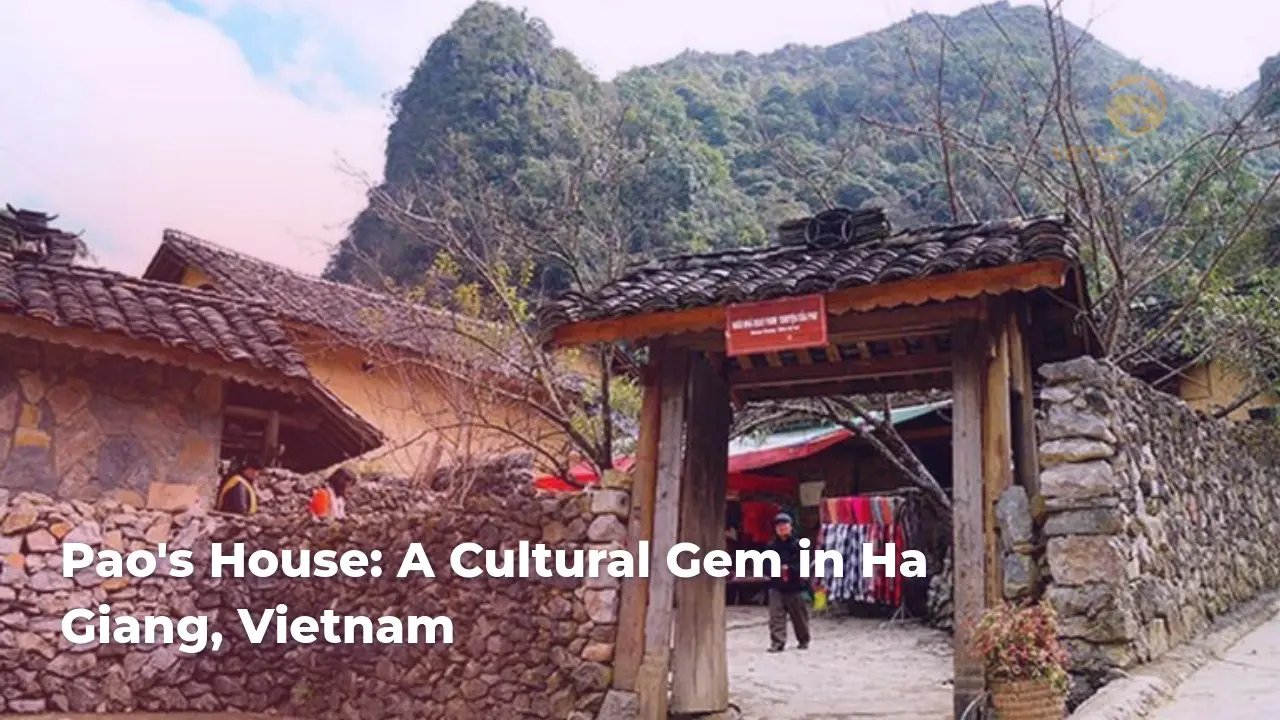
Discover the charm of Pao’s House, Ha Giang. Dive into local culture and scenic beauty. Plan your adventure now!
Copyrights @2025 Vietgo Travels. Terms and Conditions Privacy Policy
Hotline
+84 855 452 888 (Viet Nam) / +1 (206) 665 3090 (US)
Email: [email protected]
Website: www.vietgotravels.com
Head Office:
No. 23 Lo Su Street, Hoan Kiem District, Ha Noi, Viet Nam.
Viet Nam’s branch:
No. 35 Hang Quat Street, Hoan Kiem District,
Ha Noi, Viet Nam.
US:
831 41st Pl, Everett, WA 98201, USA